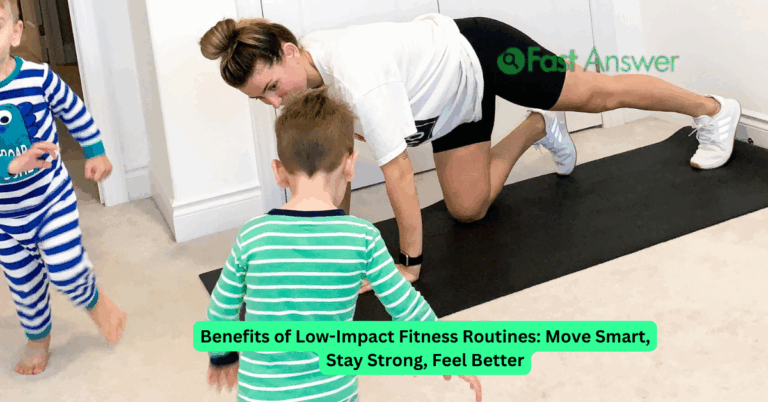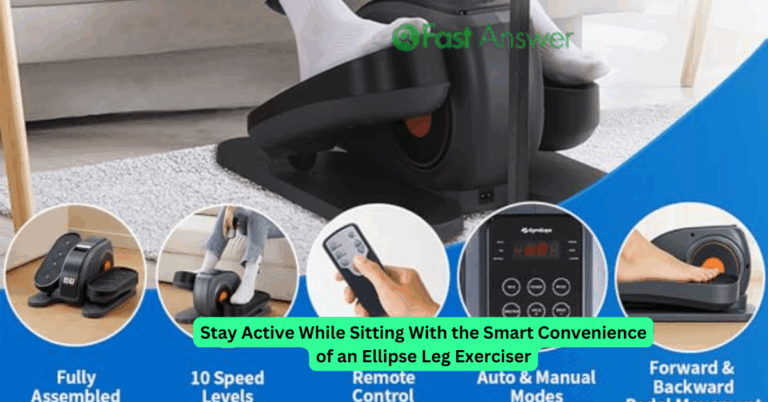Compound Exercises for Full-Body Fitness: Train Smarter, Not Longer
In the world of fitness, efficiency matters. Compound exercises for full-body fitness are the ultimate time-saving solution for building strength, improving coordination, and torching calories all in one session. Unlike isolation movements that target a single muscle group, compound exercises engage multiple joints and muscles at once, delivering a powerful return on effort. Whether you’re a beginner trying to build a strong foundation or an experienced lifter looking to maximize results, these exercises are the cornerstone of balanced, functional fitness. If you want more power, more progress, and more purpose in every rep, it starts here.
Why Compound Exercises Should Anchor Your Training Routine
Compound movements like squats, deadlifts, push-ups, and rows recruit several muscle groups simultaneously, making them far more efficient than isolated workouts. This leads to greater strength gains, improved muscle coordination, and better calorie burn in a shorter period of time. They also mimic real-life movement patterns, helping reduce injury risk and boosting athletic performance. With the right form and progression, compound exercises can serve as the foundation of any fitness level from weight loss programs to high-performance training.
The Metabolic Advantage You Didn’t Know You Had
Beyond muscle building, compound exercises offer a major advantage for those targeting fat loss or metabolic conditioning. Since these movements demand more energy output, your body works harder not just during the workout, but long after it ends. This “afterburn effect,” or excess post-exercise oxygen consumption (EPOC), means you continue burning calories even at rest. Movements like lunges, burpees, and kettlebell swings elevate your heart rate while simultaneously strengthening muscles, making them ideal for full-body conditioning and metabolic health.
Functional Strength That Supports Everyday Life
Fitness isn’t just about aesthetics it’s about performance and longevity. Compound exercises closely mimic daily tasks like lifting, bending, pushing, and climbing. Incorporating moves like overhead presses or farmer’s carries enhances core stability, joint strength, and balance in ways machines can’t replicate. Over time, this builds a more capable body that’s not only stronger at the gym but more resilient in everyday life whether that’s picking up groceries or chasing your kids around the park.
How to Progress Without Overtraining
The beauty of compound movements lies in their scalability. You can adjust the difficulty through tempo, load, volume, or complexity. For example, a bodyweight squat can evolve into a goblet squat, then a barbell back squat as strength increases. To avoid overtraining, alternate muscle groups across different workout days and integrate rest or mobility sessions. Listen to your body’s cues and focus on form before weight. Smart progression ensures you continue to challenge your body without burnout or injury setbacks.
Combine Efficiency and Variety for Sustainable Results
Compound exercises don’t have to mean boring routines. In fact, they offer endless variety and flexibility. Mix bodyweight exercises with equipment-based training, or rotate between circuits, supersets, and pyramid sets to keep workouts fresh and effective. You can build strength, endurance, and cardiovascular fitness all in one streamlined plan. And because they require minimal equipment, compound routines are perfect for home workouts, travel training, or busy lifestyles where time is limited but goals are big.
Frequently Asked Questions
Can beginners do compound exercises safely?
Yes. Start with bodyweight versions and focus on mastering form before adding resistance or complexity.
Are compound exercises better than isolation workouts?
For full-body strength, efficiency, and calorie burn, compound movements are generally more effective. Isolation can be added for targeted goals.
How many compound exercises should I include in one session?
Three to five movements per workout is typically sufficient, depending on your training split and fitness level.
Do compound exercises build muscle mass effectively?
Absolutely. They activate more muscle fibers at once, which supports both hypertrophy and strength development.
Can I do compound workouts without gym equipment?
Yes. Many compound movements like push-ups, planks, and squats can be done anywhere with just your bodyweight.

